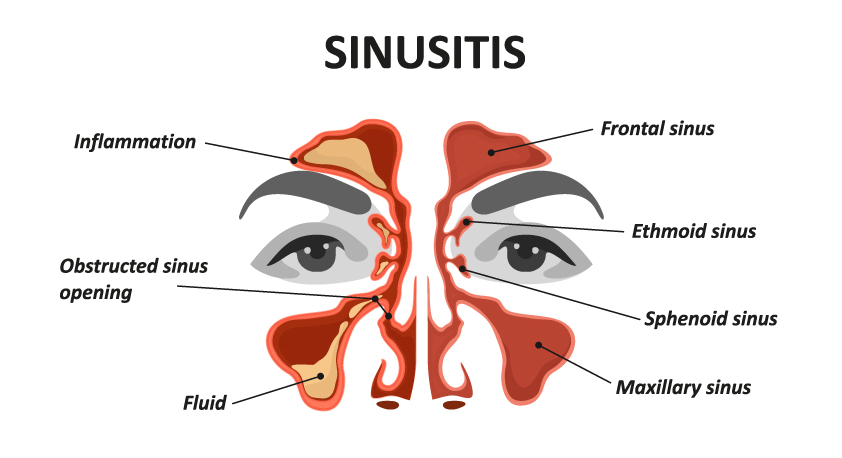The otolaryngologists of Asheville Ear, Nose & Throat first performed balloon sinuplasty in 2007. We consider this procedure to be one of many options at our disposal to treat patients with chronic sinusitis. Balloon sinuplasty can be very effective for appropriate patients, but it is not a “cure all” for everyone who has ongoing sinus infections. After a thorough exam, and CT scans if needed, our doctors will discuss the treatment options they feel will provide the best possibility of success.
About the Procedure
This minimally invasive procedure uses a small balloon and a flexible catheter to open up sinus blockages. The surgeon navigates the catheter through the nose to the area of the blockage and inflates the balloon to expand the walls of the sinus cavity. Then the balloon is deflated and removed. No incisions are made and no bone or tissue is removed.


